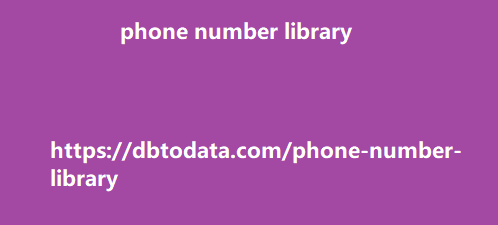Jumping forward to February 2022, Search Engine Land wrote about the US Copyright Office. The document states that Google has developed a demotion signal for its search engine where it causes sites to appear and rank much lower in search results. The document also states that “when a site gets demoted (by Pirate signal), the traffic Google search sends it drops, on average, by 89% on average.” You can read more about the document shared by Torrentfreak here. Hummingbird Hummingbird was not just a simple core update. In fact, this was a complete overhaul of Google’s algorithm since 2001.
Matt Cutts explained that Hummingbird
was a rewrite and not just a part of the core algorithm. What Cutts essentially means is that Hummingbird does “a better job of matching the users’ queries with documents, especially for natural language queries, you know the queries get longer, they have more words in them and sometimes those words matter and sometimes they don’t.” This move from Google intends to refine its search results as users began utilizing voice search. What Google actually noticed is that users who do voice searches on mobile devices ask long conversational search queries. With the old algorithm, Google would match a user’s typed search query with a webpage containing every word in that query.
But with Hummingbird, Google zeroed in
on what a search query means instead of just matching keywords with pages. Hummingbird uses semantic search to do the heavy lifting in creating and understanding its user query intent. It was initially rolled out in August 2013 and affected nearly 90% of searches. As far back as September 2013, I asked Bill Slawski of SEO by the Sea for his assessment of how Hummingbird differs from the old Google engine. To read more about his approach to the topic, click here. Pigeon Launched in August 2014, the Pigeon (named by Search Engine Land) update was widely known as the most impactful local algorithm update, since Venice was launched in 2012.
It aims to strengthen the connection between
local and core algorithms. Google modified its local search results’ accuracy by using more conventional site ranking signals to it. There was a significant difference in search results and the user experience between Google search and Google Maps prior to the update. After Pigeon was released, the overall appearance and search results of both Google search and Google Maps are more cohesive. Another thing that stood out from this update is the local pack. Pre-Pigeon, the local pack includes 7 to 10 businesses, giving the brick-and-mortar more opportunity to be found, rank well, and show up on the first page of search results.
However, when Pigeon was launched, it was
significantly reduced to a 3-pack. Anothe bolivia phone number library r Pigeon highlight worth noting is the role that E-A-T (Expertise, Authority, and Trust) plays for small and local businesses. With this update, Google aimed to make local search behave as much as possible like traditional organic search. Further Reading: How To Boost Your Author Reputation for Google’s E-A-T Standards One interesting highlight prior to the Pigeon update was when customer-driven local directory and reviews sites like Yelp were penalized and outranked by websites that Google controls. To strengthen their argument, Yelp leaked and published a presentation that proves Google’s mistreatment of the major review site.
Search Engine Journal highlighted some of
the details about Yelp’s internal presentation here. Yelp’s accusations were denied by Google, but the Pigeon update proved otherwise. Google began treating Yelp and other user-driven content and customer review sites more favorably by ranking them high in search results. Mobilegeddon The mobile update or mobilegeddon was rolled out in April 2015, as Google aims to reward mobile-friendly websites. This update was Google’s response to how consumer behaves, and not just about organic search. Adapting to consumer behavior was a great move by Google. What is considered to be the most significant change, (and worth commending) however, is that Google actually announced its algorithm changes ahead of time, contrary to their earliest roll out updates.
They announced the update as early as February
2015 to give webmasters and publishers a clear objective enough time to improve the mobile-friendliness of their webpages. Because Google acknowledged the increasing popularity of mobile users in many countries, they released an in-depth information and guideline about this update. Some experts found this update as something that wouldn’t keep them warm at night. But having said that, Mobilegeddon has caused SEO experts to recognize that site speed and load times will become crucial ranking factors in the not too distant future. RankBrain When Rankbrain was rolled out in October 2015, Google announced that it’s their third most important ranking signal, in parallel with other two most important signals: content and links.
Rankbrain is Google’s machine learning algorithm
that provides more relevant search results by powder data helping Google process and understand what the users’ search query means. For example, you typed “glamping site overlooking” in the search bar. Google used to scan pages to determine if they contained the exact keyword someone searched for before Rankbrain. With Rankbrain, Google will try to figure out . Rankbrain was rolled out to solve one but huge problem in search intent query: 15% of search query done by users were never seen before by Google.

